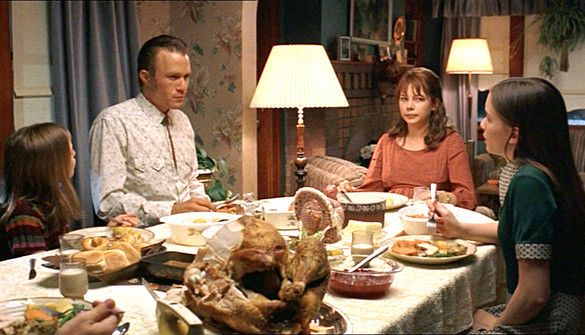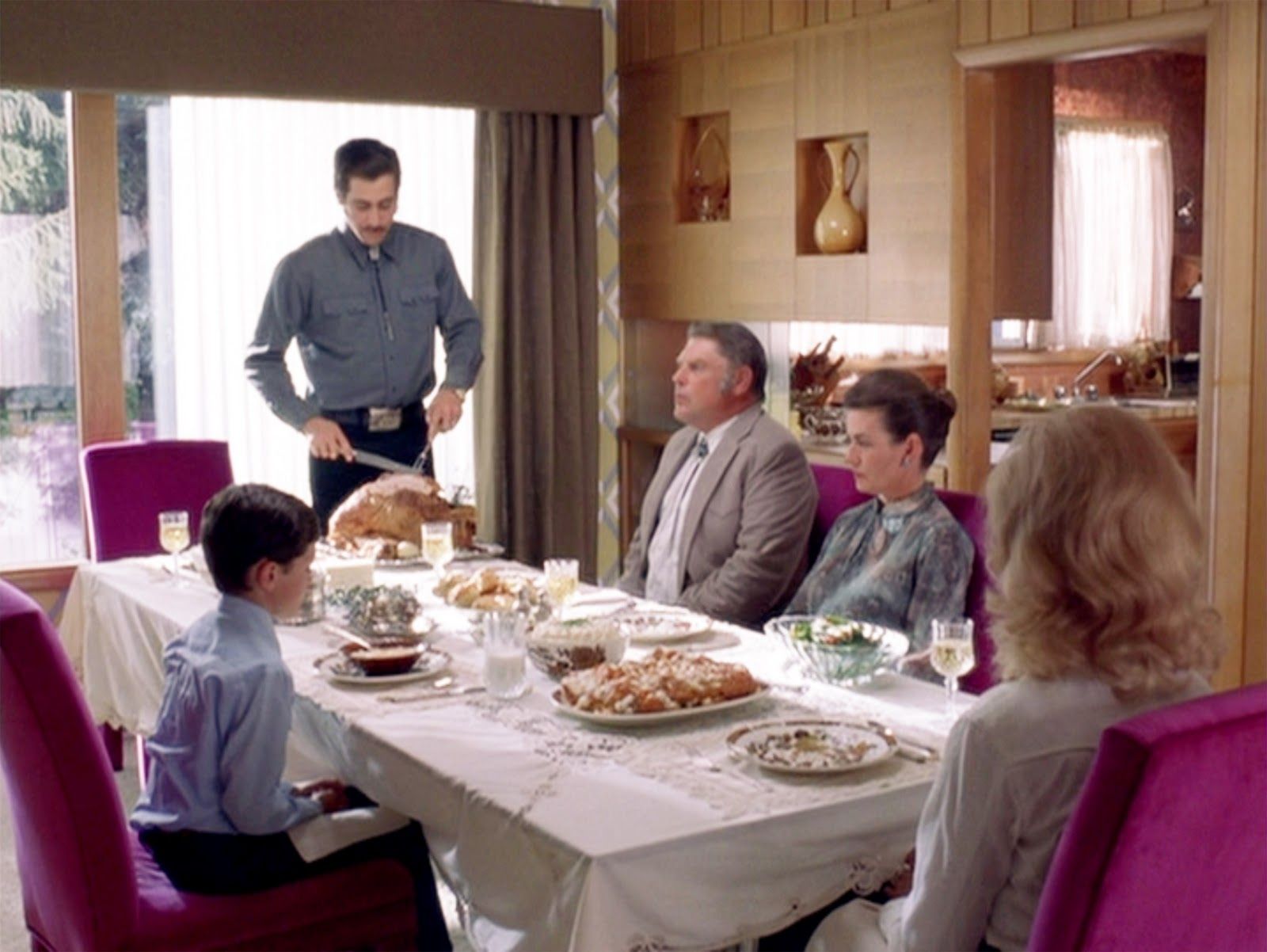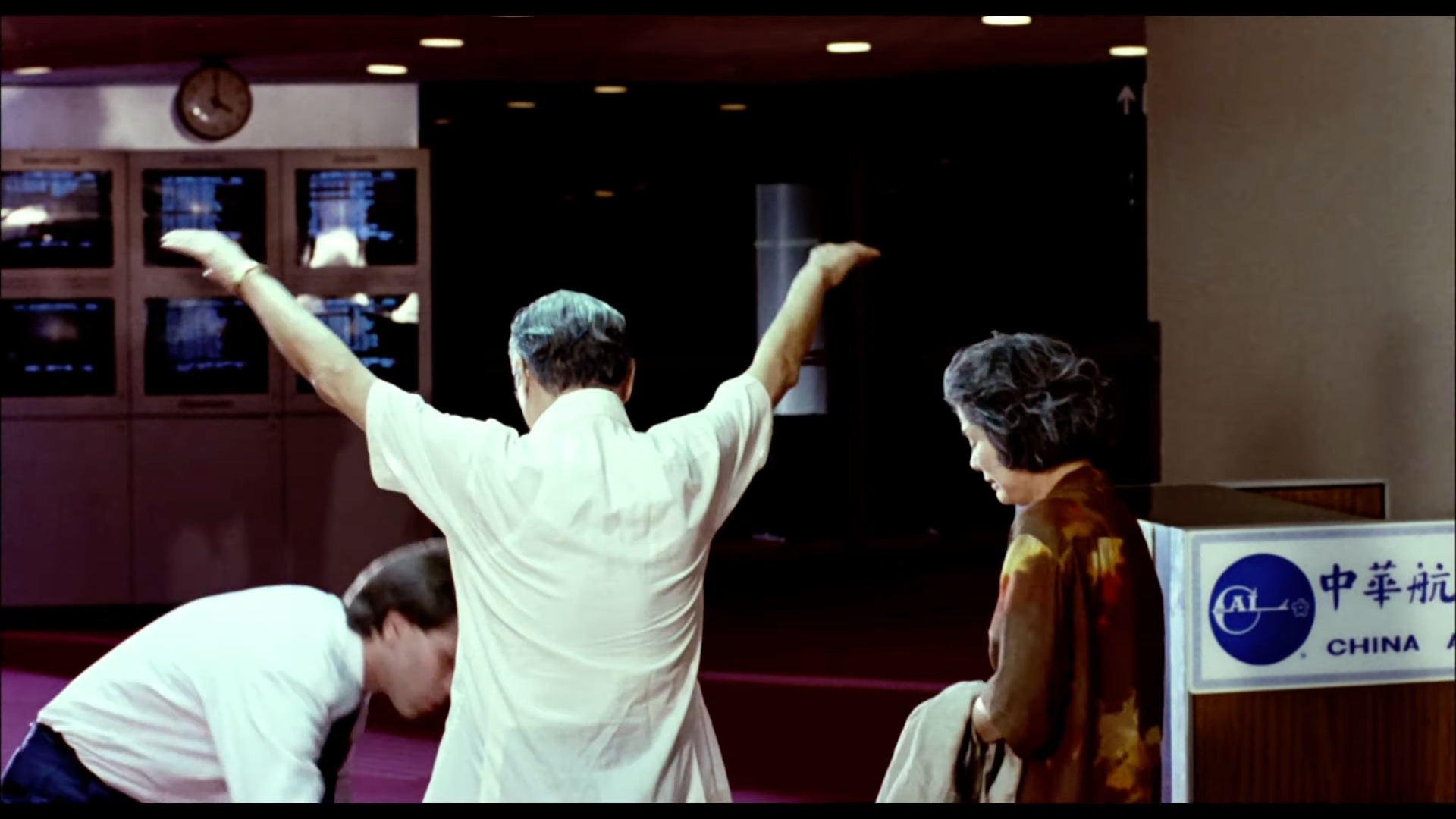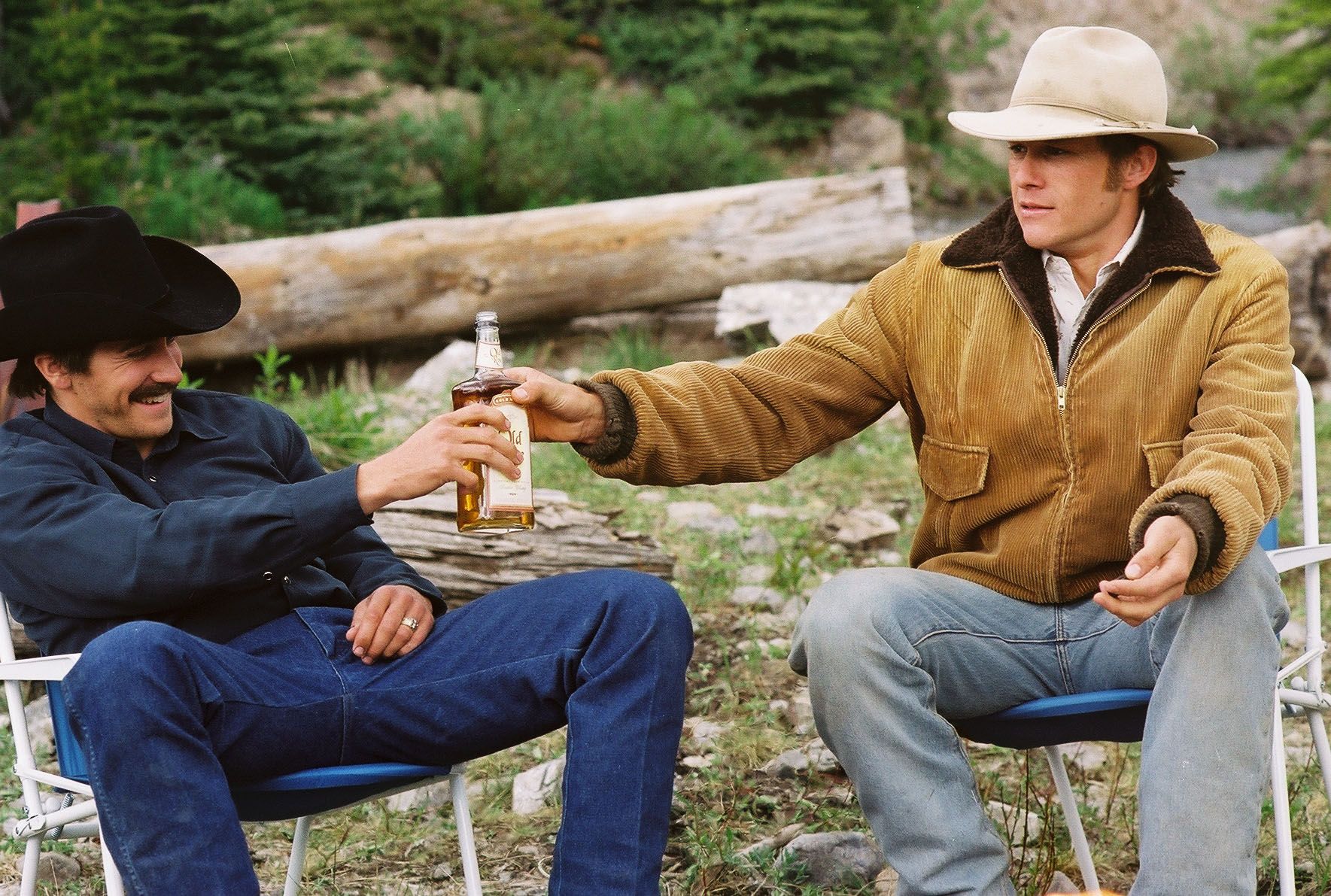Conveying human: Ang Lee
This week we talk about the Taiwanese director, and author of such masterpieces as "Crouching Tiger, Hidden Dragon", "Life of Pi", "Pushing Hands", and many more.


Hi, today we're going to dive back into the world of transnational directing. Last time we talked about the killer director's handwriting of Bong Joon-ho: check out our blog. Today, however, we're going to talk about the Taiwanese director and classic, Ang Lee. In our blog, we'll highlight the main features of Ang Lee's style.
Disclaimer: our blog has no academic purpose behind it, because we are viewers just like you. Filmustage does not aim to educate, but to gather a close-knit film community around us. We can be wrong about certain statements - and that is fine. We are open to discussion and criticism. The main thing is to love cinema and talk about it.
Before we continue, we want to remind you that here we promote the love of art and try to inspire you to take your camera and make a short film. Leave the boring pre-production routine to the Filmustage - automatic script breakdown - and focus on your creativity!
Art by @nadi_bulochka
Biographical sketch
Ang Lee was born on October 23, 1954, in Pingdong County in southern Taiwan. His parents, natives of Jiangxi Province (which is in China), immigrated from the mainland after the defeat of the Kuomintang in the Civil War, in 1949. He graduated from a local college in 1975, after which he went to serve in the army as a conscript.
To continue his education, Lee moved to the United States, where he successively earned a bachelor's degree in theater from the University of Illinois and a master's degree in film production from New York University. The time of his studies in New York includes Ang Lee's first cinematic experiences. His short film debut "I Wish I Was by That Dim Lake" (1982) won an award at the Taiwan Film Festival. In 1983 Ang Lee acted as an assistant on the graduation film of his classmate Spike Lee, now one of the leaders of American independent cinema. Ang Lee's own graduation film, the 41-minute drama "Fine Line" (1984), was voted best film at the NYU Student Film Festival and earned its creator a prize for directing.
Despite the success of his student films, Ang Lee remained unemployed for six years. Finally, in 1990, two of his screenplays won a competition sponsored by the Taiwanese government. Winning the competition launched his professional career as a filmmaker. Ang Lee was able to raise the financial means to make his feature debut "Pushing Hands" (1991).
Directing Style
During his career, Ang Lee has managed to work on 23 projects and has received acclaim from critics and audiences alike. It is hard to categorize his filmography according to a genre or a certain style, because Ang Lee is a very versatile director who is not used to stand still and create on the basis of one genre. Among his works can be found both the sensitive trilogy about immigrants "Pushing Hands" (1992), "The Wedding Banquet" (1993), "Eat Drink Man Woman" (1994), and one of the first superhero films in recent history, "Hulk" (2003). Such a diverse filmography of the director poses a certain challenge to us, as it is difficult to find a pattern in an ever-changing environment. Anyway, after watching all the films of the Taiwanese master, we were able to formulate certain stylistic tropes that Ang Lee follows in his directing.
Family
Perhaps the most significant theme in Ang Lee's films is that of family. The family appears in every film of the director and is a textbook source of drama. Ang Lee is very fond of showing the differences of generations, mindsets and even power struggles on screen, as in "Sense and Sensibility" (1995). In this case, the main symbol of family values and the emergence of conflicts is the dinner table. In the director's films you can count the many mise-en-scenes at the dinner table and here are just a few of them.


Time after time Ang Lee seeks to explore human relationships through the family, which is even evident in the Oscar-winning "LIfe of Pi" (2012), where the tiger, the only companion of the protagonist, eventually becomes the closest friend, i.e. part of the family. The legal question is, what does Ang Lee want to convey through human conflict? We have identified a very simple answer: acceptance. And in the word acceptance we want to emphasize such significant things as love and the ability to let go. It is only by learning to let go, according to Ang Lee's philosophy, that we show love and consequently acceptance.
Let's turn to examples. Consider the scene from "The Wedding Banquet" (1993): a traditionalist family strongly resists the fact that their son is homosexual. Their conservative views fight hard against it. Nevertheless, toward the finale, through many conversations and confrontations, the parents accept their son for who he is. In the end, as the father and mother head for the terminals, the father symbolically raises his hands, thereby representing the end of the struggle of his views against his own son.

Another film we want to talk about is "Life of Pi" (2012). It is worth noting that the whole film is a process of reconciliation and acceptance of each other by the tiger and Pi Patel. It is also a kind of struggle between two paradigms: animal versus human, two different survival instincts. However, Ang Lee shows that the difference between the tiger and the human is minimal. The varied behavior of the two characters comes to one thing in common: the survival instinct, in the rush of which the characters are willing to kill each other. The director shows how an animal is able to understand a human being and vice versa - so in the finale, when the characters have reached land, it is difficult for them to accept parting. In this scene, Ang Lee reverses the rules of the game, as the tiger has the last word: he is the one who leaves and lets Pi go when he is already unconscious. The animal is also capable of becoming human to some extent and then is also capable of letting go.
Through his filmography, Ang Lee teaches us that sooner or later in life there will come a moment when we have to say goodbye. It can be painful, and it can be difficult, but it is an essential part of your journey. It's important to be able to say it to your family, your friends, and your love (as in "Brokeback Mountain" (2005)). And for this lesson, we thank the Taiwanese director.
Character-driven stories
Moving on, a critical aspect of Ang Lee's work is the characters. The director often pits two or more personalities against opposing views. Often Ang Lee pits conservative views against more progressive and free-spirited ones, which inevitably leads to conflict. And these are always hesitant people who are not 100 percent sure they are right.

By emphasizing the difference between the two paradigms, the director likens each person to a different world. Confrontations are the source of truth and meaning, which is why it is the characters that lead the story and define it. That is why Ang Lee's films are more like an emotional adventure through which the author conveys the story.
Individuals in the Taiwanese director's filmography are dynamic: they are constantly influenced by other characters as well as by their surroundings. In the director's least popular film, "Taking Woodstock" (2009), Ang Lee uses the festival as the backdrop against which Elliot's emotional drama develops. As a simple guy who lives with his parents, Elliot is going through bad times and wants to free himself from the oppression of his relatives. And Woodstock acts here as a defining event for the protagonist: through a generational conflict, the hero eventually gets to Woodstock and, along with other young people, finally breaks free from conservative shackles and is able to find a voice.
Afterword
Before making his first feature film, Ang Lee spent six years nurturing the story for "Pushing Hand" (1991). For the production of "Sense and Sensibility" (1995), the director spent months literally sleeping in museums and libraries to be ready to fully portray the people of the late 18th century, and for "Taking Woodstock" (2009), the Taiwanese master immersed himself in American culture. All this shows that Ang Lee is someone who genuinely enjoys learning about stories and retelling them. Individuality and human relationships are central to his filmography and, hell, the people in his films are beautiful, lively, and fascinating. After studying the work of the Taiwanese master we are left with the bitter aftertaste that everything happens for a reason.
From Breakdown to Budget in Clicks
Save time, cut costs, and let Filmustage’s AI handle the heavy lifting — all in a single day.